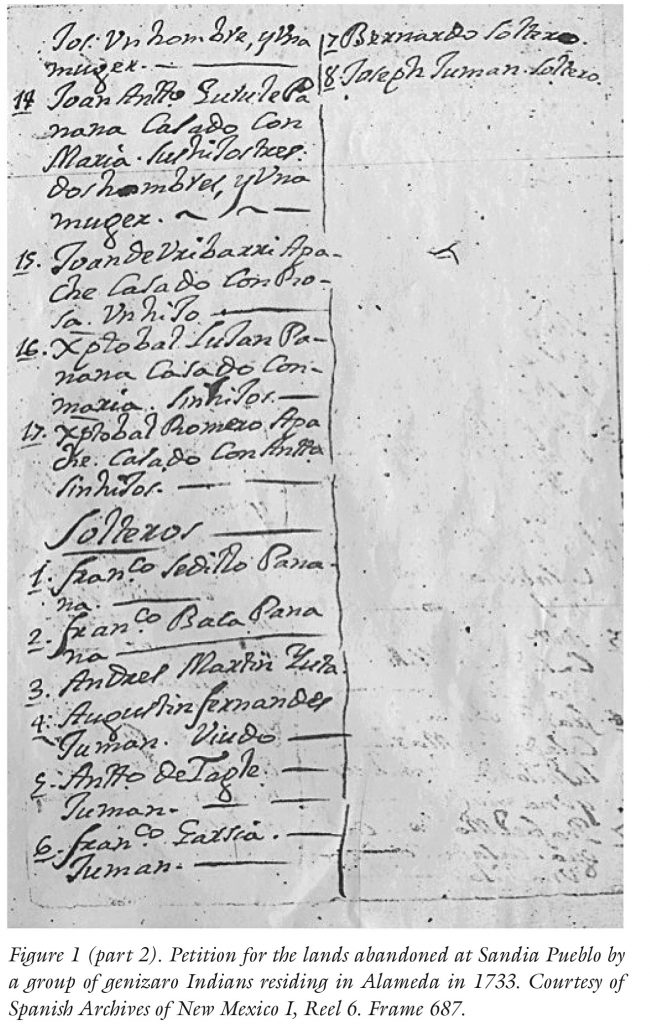What is Ethnogenesis?
– The process by which a group of people becomes ethnically distinct.
– The formation and development of an ethnic group.
What is an Ethnic Group?
A group of people who identify with each other through a common genealogy or ancestry, or similarities such as a common language or dialect, history, society, culture or nation.
Nomadic Tribes Acquire Abandoned Horses for Hunting and Raiding:
The ethnogenesis of genízaro people in New Mexico began in the eighteenth century (1700’s). After the “reconquista” (Spanish reconquest) of New Mexico in 1690s, nomadic tribes such as the Ute and Comanche began to dominate the province through military force through their adaptation as an equestrian Plains culture, based on acquiring horses released by Pueblos at the time of the Pueblo Revolt in 1680. The acquisition of horses after the revolt would forever change the way of life of Shoshone and Comanche groups on the bison-rich plains in which new hunting strategies were developed to hunt buffalo as well as new tactics for warfare.
Nomadic Tribes Develop Slave Trading Commerce with Spanish:
The Comanche and Ute formed a political and economic alliance and began to war with Pueblo communities of New Mexico. With Ute assistance, Comanches incorporated themselves into the emerging slave raiding and trading networks on the New Mexico borderlands. By the time Comanche arrived in the region, commerce in Indian captives was an established practice in New Mexico, stimulated by the ambiguities in Spanish legal and colonial system. (Hamalianen, 2008,27).
Raided Slaves Become Hispanicized:
The mutual warfare of raiding and the expansion of slavery and captivity in New Mexico’s economy in the 18th century between the Comanche, Ute, Navajo, Apache, Pueblo, and Spanish communities began to reposition the concepts of ethnic identity, kinship and belonging among groups.
Ethnogenesis Officially Sanctioned and Communities are Created:
The ethnogenesis for genízaros in New Mexico officially began in 1733 (less than 50 years after the reconquest) when fourteen genízaro families, residing in the town of Alameda, requested a grant of land that was abandoned at Sandia Pueblo. Although the petition for this land grant was denied by Governor Don Gervasio Cruzat y Gongora by 1746, another group of genízaros was relocated south of the Villa de Alburquerque and established a permanent settlement as part of the Nuestra Senora de Dolores de Belen Land Grant in 1740.

GenÍzaro Identity & Continuance
A Site for Education about the Traditions and Heritage of Genízaro People of New Mexico

